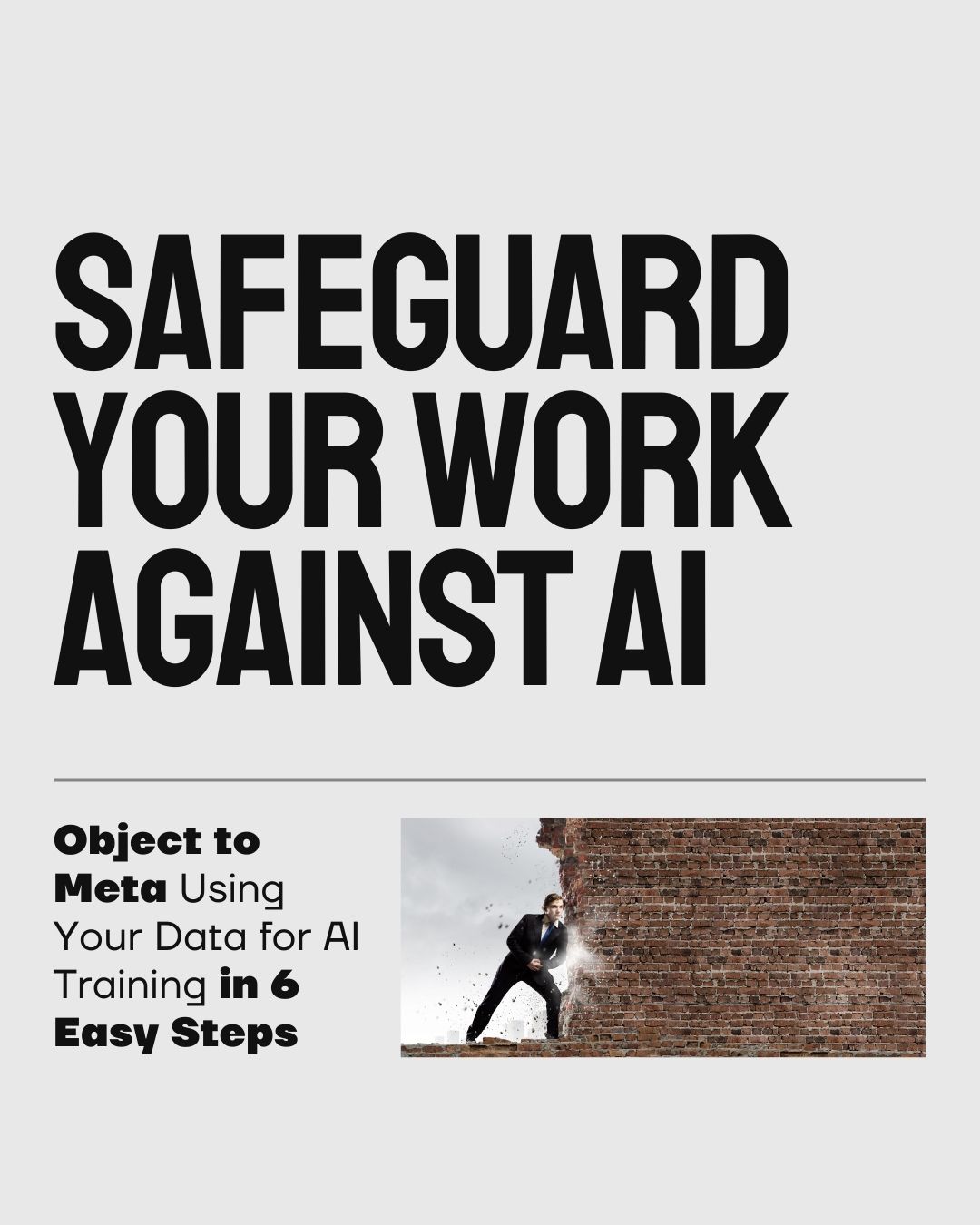Ever been mid-edit, using an AI tool to magically erase that stranger who walked into your perfect shot or generate a dreamy background, when you stop and wonder: “How is this even possible?”
The magic isn’t just in the code. It’s in the physical heart of your computer, the GPU. And right now, that technology is going through a revolution bigger than the jump from film to digital.
In a recent interview, Nvidia CEO Jensen Huang made a historic announcement that might seem like corporate news, but for creators like us, it’s a glimpse into an incredibly powerful future.
The Big News: Made in the USA
Last week, for the first time ever, production began on the world’s most advanced AI chips in an advanced factory in Arizona.
Why should you care? Because these chips are the foundation. They are the engines that will power the next generation of AI tools in your editing software. Having this manufacturing start here is a huge deal for stability, innovation, and speed.
Meet Blackwell: The Power Behind the Magic
You don’t need to be an engineer to get this. Just know that the new Blackwell Architecture is a monumental leap forward. Jensen Huang called it the “engine of artificial intelligence.”
This is what allows your computer to understand a text prompt like “epic sunset over mountains, cinematic lighting” and generate a stunning image in seconds. It’s what handles the immense workload of upscaling a grainy video clip to 4K without your computer giving up.
But what about my graphics card?
This is where it gets exciting for us. You might be eyeing a card like the PNY RTX 5060 ti. Here’s the straight talk: the colossal Blackwell architecture is first launching in data center chips.
However, the breakthrough technologies developed for Blackwell always trickle down. The progress at this high end is what will define the future consumer GPUs in our editing workstations. To understand this journey, you can see the legacy of these innovations in the powerful Hopper Architecture that preceded it.
The tools we use are all connected to this relentless push for more power.
A Surprising Twist: The Future is Also Built by Hands
We often hear that AI will replace jobs. But Jensen shared a surprisingly human-centered vision.
To build the factories that make these AI chips and the data centers that run them, we need skilled craft. We need electricians, plumbers, and network technicians.
He boldly stated that “the next generation of U.S. millionaires are going to be plumbers and electricians.”
Why? Because we’ll need hundreds of thousands of them to build this new world. It’s a powerful reminder that the future isn’t just digital, it’s built by hands.
What This Means for Your Creative Workflow
So, how does a chip factory in Arizona affect your Photoshop or DaVinci Resolve timeline?
-
Blazing Speed: The AI features you use now, like content-aware fill, object removal, and style transfer will become near-instantaneous.
-
More Complex Creations: You’ll be able to work with higher-resolution footage and more complex AI generations without any lag.
-
New Tools We Can’t Imagine Yet: As this processing power becomes more available, developers will create new plugins and apps that will completely change our creative possibilities.
The Final Edit
We are not in an AI bubble; we are at the start of an AI big bang. The physical hardware that powers our creativity is evolving at a breathtaking pace. The fact that this new engine is now being built here ensures that the technology we rely on will only get more powerful and accessible.
The future of editing is bright, fast, and incredibly smart. And it’s being powered up right now.



